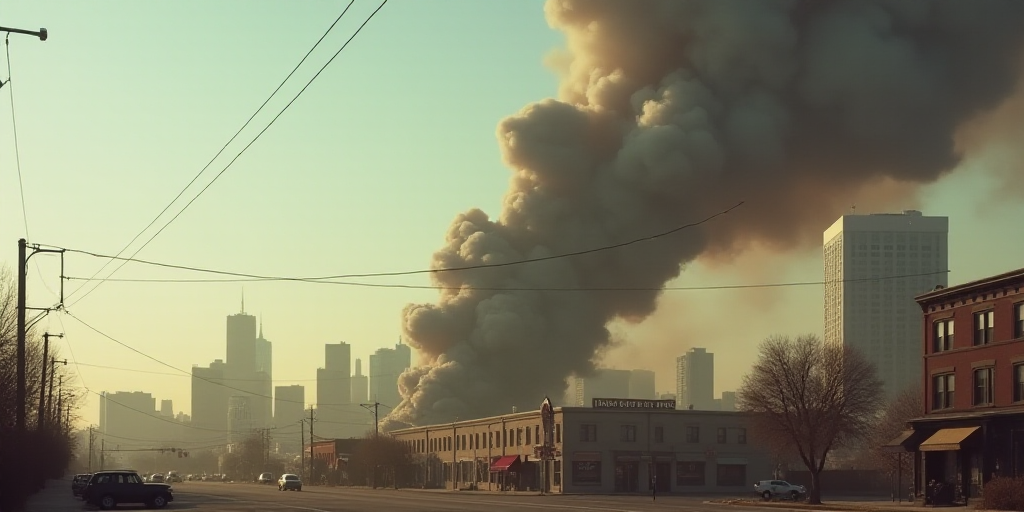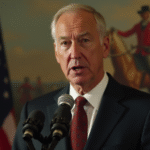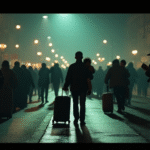Background and Context
The recent escalation in Sweida, a predominantly Druze city in southern Syria, has resulted in intense fighting and loss of life. The conflict began on Sunday between Druze combatants and Sunni Bedouin tribes following the kidnapping of a Druze vegetable vendor, which triggered retaliatory abductions. The Syrian government intervened on Monday to quell the violence, deploying forces into Sweida, previously under Druze control.
According to the Syrian Observatory for Human Rights (OSDH), nearly 250 people have died in the violence, with the majority being combatants from both sides and 28 Druze civilians, 21 of whom were summarily executed by government forces.
Key Players and Interests
Israel, occupying and annexing most of the Syrian Golan Heights—home to a significant Druze population—has reiterated its stance not to tolerate any military presence near its border in southern Syria. The Israeli Defense Minister, Israel Katz, emphasized that Israel would not abandon the Druze in Syria and would enforce a de-militarization policy in southern Syria, as announced following the ousting of former Syrian President Bashar al-Assad in December.
Israeli Involvement and Recent Actions
In response to the Syrian government’s reluctance to withdraw its forces from Sweida, Israel threatened to intensify its airstrikes against Syrian military targets. On Wednesday, Israel carried out its threat by bombing the entrance to the Syrian army headquarters in Damascus, according to Israeli military announcements. The Syrian state television reported two injuries in the capital, though without specifying the exact location.
“Save Sweida”
The Druze are a prominent minority in the Middle East, with their faith stemming from Shia Islam. They reside in Lebanon, southern Syria, and the Syrian Golan Heights occupied by Israel. The ongoing violence in Sweida highlights the challenges faced by the interim government of Ahmed al-Sharaa since the overthrow of President Bashar al-Assad in December, amid nearly 14 years of civil war.
Despite a declared ceasefire on Tuesday, fighting persisted in Sweida. AFP correspondents reported intermittent gunfire and smoke rising from several neighborhoods on Wednesday. A Sweida resident, speaking anonymously to AFP, expressed fear of imminent violence and the risk of summary executions by security forces.
Appeals for Intervention
On Wednesday, one of the most influential Druze religious leaders, Hikmat al Hejri, appealed to world leaders, including U.S. President Donald Trump and Israeli Prime Minister Benjamin Netanyahu, urging them to “save Sweida.” He described the situation as an “extermination” of the Druze people.
Key Questions and Answers
- Who are the Druze? The Druze are a prominent Middle Eastern minority with Shia Islamic roots. They reside in Lebanon, southern Syria, and the Syrian Golan Heights occupied by Israel.
- What sparked the recent violence in Sweida? The conflict began on Sunday following the kidnapping of a Druze vegetable vendor, which led to retaliatory abductions between Druze combatants and Sunni Bedouin tribes.
- What is Israel’s stance on the situation in southern Syria? Israel insists it will not permit any military presence near its border in southern Syria and has threatened to intensify airstrikes against Syrian military targets if the government does not withdraw its forces from the region.
- What have world leaders been asked to do regarding the situation in Sweida? Druze religious leader Hikmat al Hejri has appealed to world leaders, including U.S. President Donald Trump and Israeli Prime Minister Benjamin Netanyahu, to “save Sweida” from ongoing violence against the Druze population.






